Look on the Bright Side: The darker side of Artificial Intelligence (AI)
Petra Pierre – Robertson
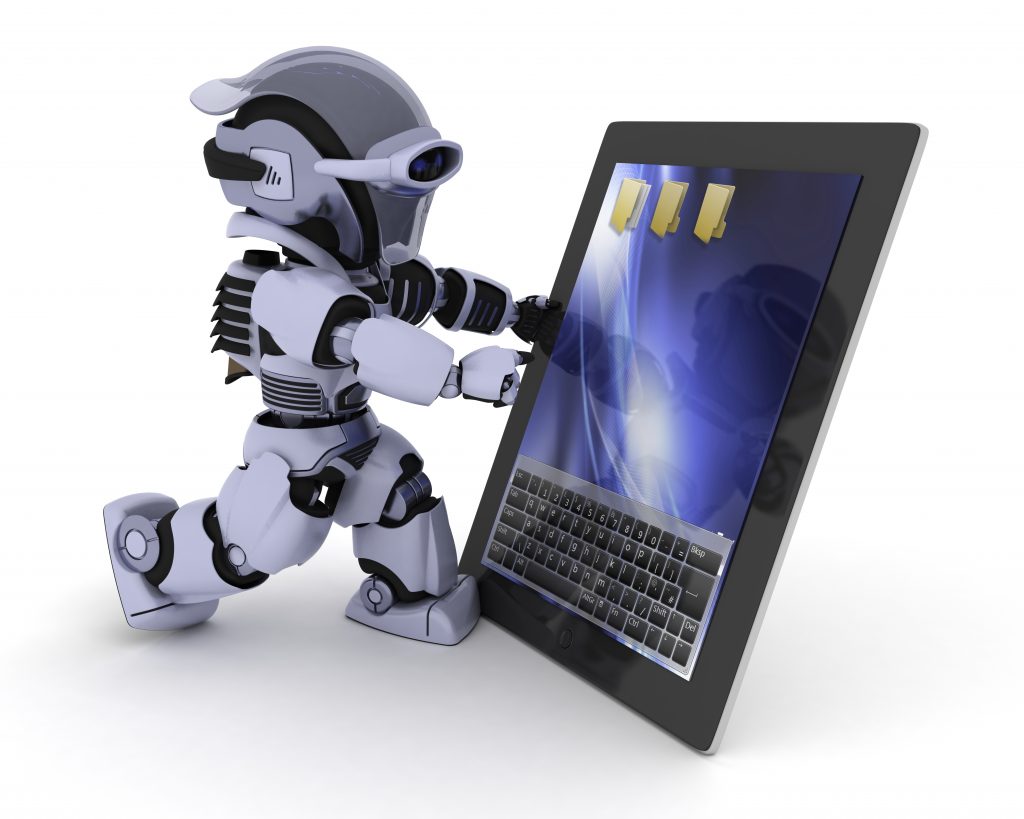
3D render of a Robot with a digital tablet Image by kjpargeter on Freepik
After a presentation on the captioned title, I was asked to share the information presented, hence the reason for this blog. In the session I shared the history of Artificial Intelligence (AI) as provided by Tableau. I then provided definitions of terms such as neural networks, machine learning, deep learning, big data and generative AI before sharing both the darker and the brighter sides of AI. Links and examples were provided in the presentation. I will also share them here. I did the presentation so that the person with the least understanding of AI could understand.
What is AI?
Artificial intelligence is the application of mathematics and software code to teach computers how to understand, synthesise and generate knowledge in ways similar to how people do it. It runs, takes input, processes and generates output. The output is useful across a wide range of fields (Servais, 2023).
“Artificial intelligence is a specialty within computer science that is concerned with creating systems that can replicate human intelligence and problem-solving abilities. They do this by taking in a myriad of data, processing it, and learning from their past in order to streamline and improve in the future.” (Tableau)
The History of AI
The history of artificial intelligence from 400BC to the present was nicely outlined by Tableau (2021) who also believed that the near future would witness the adoption of AI by businesses of all sizes, changes in the workforce as more automation eliminates and creates jobs in equal measure, more robotics, autonomous vehicles, and so much more. Anyoha (2017) envisaged a machine that surpasses human cognitive abilities in all tasks, along the lines of the sentient robot seen in movies. He did say though that it appeared inconceivable that this would be accomplished in the next 50 years.
Where are we now?
The Link Between Machine Learning, Deep Learning, and Neural Networks
A higher level of automation is taking place with machine learning. In this new age think of the intelligence operating like the human brain (neural network) where deep learning (like the brain with its various components) takes place. Generative AI is the new branch of AI that is causing the buzz.
DEFINITION OF TERMS
Machine Learning: “ Machine learning is an application of artificial intelligence that focuses on training systems to improve their ability to learn so they can better perform tasks This is done by feeding data to computer systems so that they can automatically analyse patterns to guide decision-making in the future. Machines learn on their own without the need of having to be programmed by a human, allowing them to develop greater capabilities.” CFTE Education, 2011.
Big Data: “Larger, more complex data sets, especially from new data sources. These data sets are so voluminous that traditional data processing software just can’t manage them” (Oracle). These hardware and software limitations no longer exist in this age of emerging technologies. AI is now able to do so because it can look at the different dimensions of the data in quick time. Learning process may be slow but once it ends it is able to simulate quickly. Machines are able to process data even though it they may not have been programmed to do so; all part of generative AI (see definition below). I describe big data as AI’s tonic. Bean (2017) supports my figurative description. He said that “the availability of greater volumes and sources of data is, for the first time, enabling capabilities in AI and machine learning that remained dormant for decades due to lack of data availability, limited sample sizes, and an inability to analyse massive amounts of data in milliseconds. Digital capabilities have moved data from batch to real-time, on-line, always-available access.”
Neural Network: “A neural network is a method in artificial intelligence that teaches computers to process data in a way that is inspired by the human brain. It is a type of machine learning process, called deep learning, that uses interconnected nodes or neurons in a layered structure that resembles the human brain” Amazon web services.
Generative AI is a type of artificial intelligence technology that broadly describes machine learning systems capable of generating text, images, code or other types of content, often in response to a prompt entered by a user. Generative AI models are increasingly being incorporated into online tools and chatbots that allow users to type questions or instructions into an input field, upon which the AI model will generate a human-like response (Hughes, 2023).
Examples of Generative AI – ChatGPT
The release of ChatGPT (Generative Pre-trained Transformer) by OpenAI in November 2022 and its resultant popularity caused focused attention on AI to the point where for some people, AI did not exist before ChatGPT. Many jumped on the AI bandwagon. ChatGPT was reported to have acquired more than one million users just five days after its launch. It was a global phenomenon with millions of users visiting the site on a daily basis. ChatGPT is an AI language model developed by OpenAI that can answer questions and generate human-like responses from text prompts within seconds. There are several other models which can create images and artwork from text prompts, answer questions and generate texts, create content, provide templates and workflows etc.
Look on the Bright Side: The darker side of AI
“Artificial intelligence (AI) technology has transformed the way humans interact with each other in both promising and troubling ways. Emerging issues around control and power, privacy, bias and discrimination, economic well-being, and even our understanding of what it means to be human are all inherent to the ways that AI is created and used in society” AI and Faith
Generative AI provides both advantages (brighter side) and disadvantages (darker side) in all spheres of life which include but is not limited to the social, educational, economic, and spiritual spheres. Another disadvantage which was also stated was AI’s risk to humanity. I briefly touched on both its negative (darker) and positive (brighter) aspects in these spheres.
The Darker Side
I noted that the advantages posed by AI also comes with disadvantages depending on intent and use. In my estimation the darker side of AI is really humans. This my analysis:
HS (Human Stupidity) + SW (Spiritual Wickedness) + EI (Evil Intent) + AI (Artificial Intelligence) = Darker Side. In other words, the merger of these elements is a potentially deadly combination. Regulation is therefore necessary.
The darker side can be made manifest only because of human intent. Who uses it? What do they use it for? Why do they use it? How do they use it? Where do they use it? These questions determine whether the brighter or darker side of AI supersedes.
Alternatively, the technology itself may go rogue. Remember, as indicated above, once they have been trained, machines can learn on their own and develop greater capabilities without the need to be programmed by a human. Consider these two instances of AI gone rogue:
Social, Educational, Economic, and Religious Considerations – Bright and Dark Sides of AI
Social
Human relationships could either thrive or be weakened. Some persons believe that AI understands them better than a human. Others may feel more comfortable confiding their innermost thoughts to a machine (AI ) rather than to a human. Additionally, persons who are lonely, depressed and vulnerable may find in chatbots, robots and other AI companions a ready, willing, patient and understanding ally. This would doubtless contribute to growing incidences of social dysfunction. Generative AI also brings in its wake rising incidences of fake news, cybercrimes and other social ills when misused by humans.
Education
Revolutionary changes are being witnessed in the educational domain. Generative AI can be very beneficial, if correctly used, in teaching and learning for the creation and delivery of courses, completion of assignments, projects, reports, grammar checks, improvement of language, access to information, and lifelong learning. How it is used is the real question. Academic Integrity is the watchword and foundation on which the use of AI tools must be predicated. Academic Integrity (AI) and Artificial Intelligence (AI) – AI Squared is a useful guide I wrote for educators and students to know how to ethically use AI tools. It highlights the importance and application of Academic Integrity (AI) in the face of morphing Artificial Intelligence (AI) technologies.
Here are some examples that highlight the importance of integrity
New York lawyers sanctioned for using fake ChatGPT cases in legal brief:
Two US lawyers fined for submitting fake court citations from ChatGPT
AI makes plagiarism harder to detect, argue academics – in paper written by chatbot. This article is more than 9 months old. Lecturers say programs capable of writing competent student coursework threaten academic integrity
Economic
Artificial intelligence can be utilised to increase productivity, automate mundane tasks, maintain professional development, keep on the cutting edge, and emphasise the need for constant retraining and retooling. In that case mediocrity will not be an option. One will have to keep up with the technology. Conversely this may result in job losses as responsibilities and duties morph. Retooling and retraining will be critical as persons are forced to keep up with the technology or become obsolete. Changing economies will doubtless incur a cost. Additionally, costs would be incurred if there is an increase in extortion, cybersecurity breaches and other crime in all sectors of society. Data is money. AI can be monetised. Human intent can result in severe disadvantages in this area. I shared the following data breaches There are others locally, regionally and internationally.
Trinidad _ TSTT ,
Religion
Generative AI tools also bring both advantages and disadvantages in the area of religion. The disadvantages are largely in the areas of deception. I touched on areas such as, the possibility of the rise of new religions and the worship of AI, deception, fake news and conspiracy theories. I also shared the impact on doctrines such as the state of the dead, the impact on buying and selling, what it means to be human and resulting impact on notions of gender and sexuality.
AI, however, can be positively utilised in accomplishing the mission and vision of the church. for example in the area of sermon writing, program preparation, letter writing, reports, proofreading documents, collecting, data, advertising and marketing, creating content and even creating chatbots and a host of other areas. Like students, however, religious practitioners also need to be ethical in their use of AI.
Risk to Humanity?
In summary, when ChatGPT was asked about the risk to humanity posed by generative AI, it indicated risks in the following areas:
- Cyber security vulnerabilities
- The weaponisation of AI
- Misinformation and disinformation
- Data privacy and surveillance concerns (set false targets or put satellites off target – affect defense)
- Bias and discrimination
- The unfair targeting of specific populations
- Unemployment (which could lead to social unrest and economic disruption)
- The AI arms race
So even as we look on the brighter side, there is also a darker side of AI.
References
- Amazon Web Services https://aws.amazon.com/what-is/neural-network/#:~:text=A%20neural%20network%20is%20a,that%20resembles%20the%20human%20brain.
- Anyoha, Rockwell (2017) Harvard: History of AI https://sitn.hms.harvard.edu/flash/2017/history-artificial-intelligence/
- Bean, Randy (2017) How Big Data Is Empowering AI and Machine Learning at Scale https://sloanreview.mit.edu/article/how-big-data-is-empowering-ai-and-machine-learning-at-scale/
- History of AI: https://www.tableau.com/data-insights/ai/history#:~:text=Birth%20of%20AI%3A%201950%2D1956&text=into%20popular%20use.-,Dates%20of%20note%3A,ever%20learn%20the%20game%20independently.
- Servais, Erin. ACES Webcast ‘ChatGPT for Editors: Leveraging AI to Transform Your Workflow and Upgrade Your Efficiency’ August 17, 2023

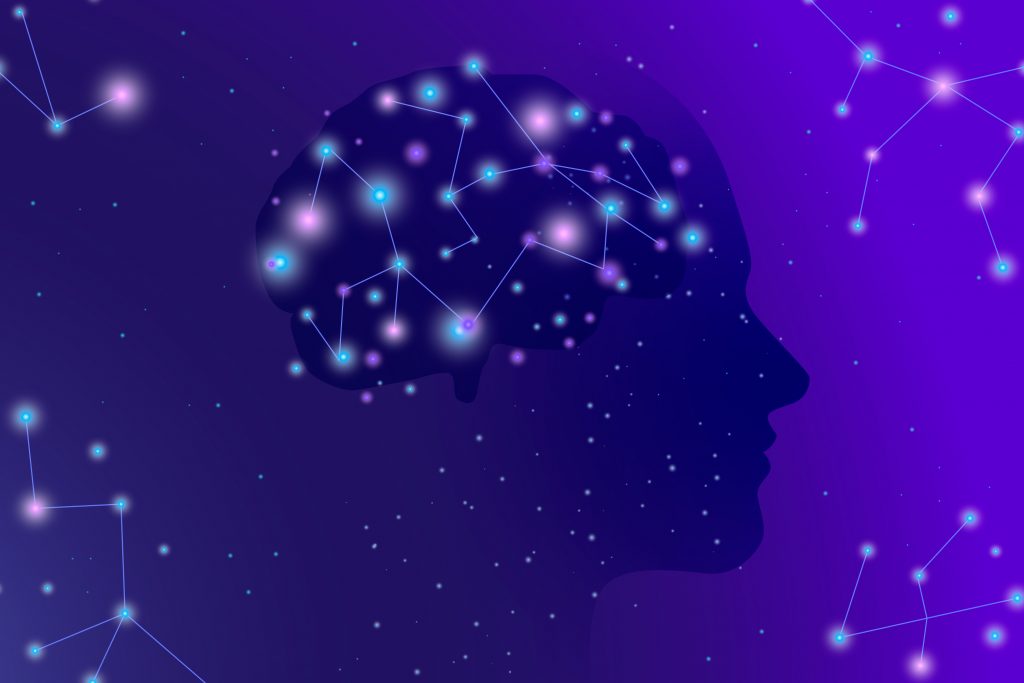
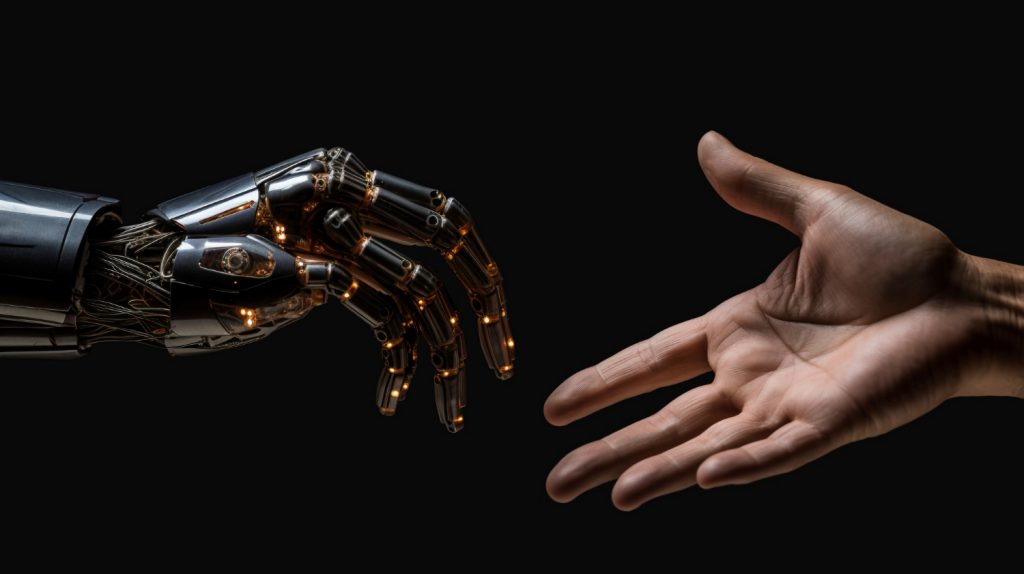
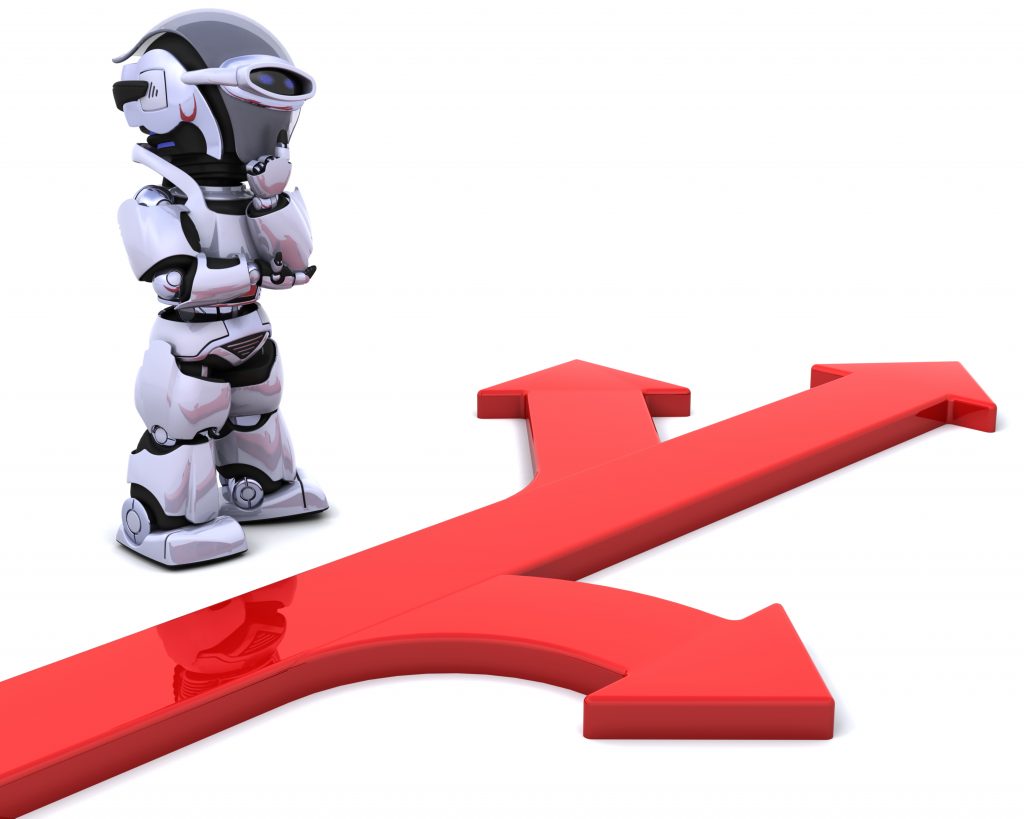
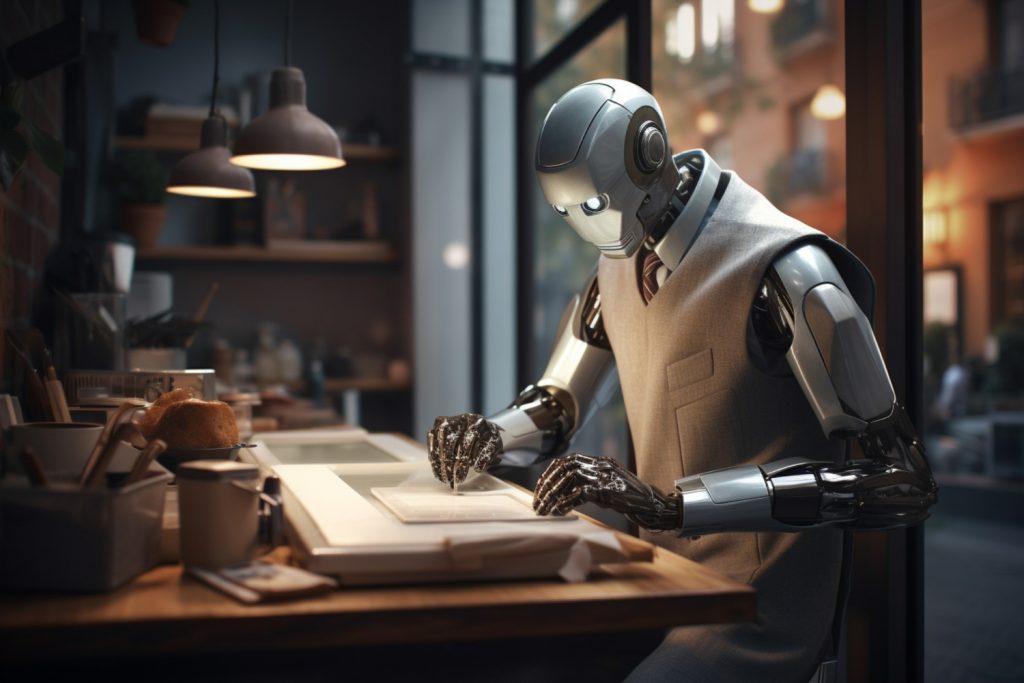




Leave a Reply